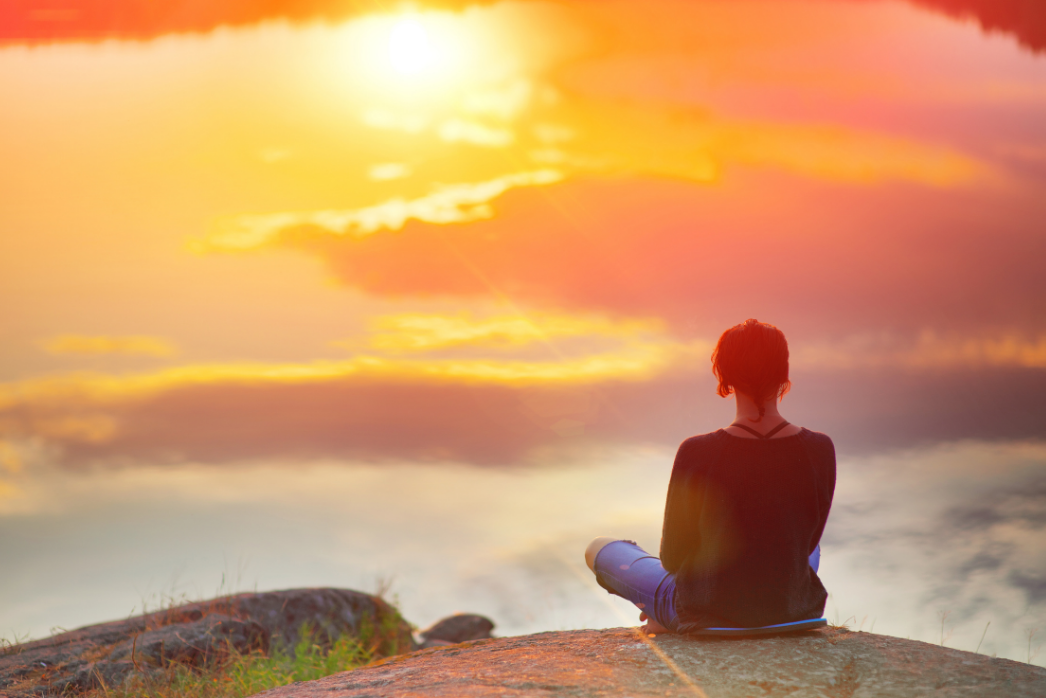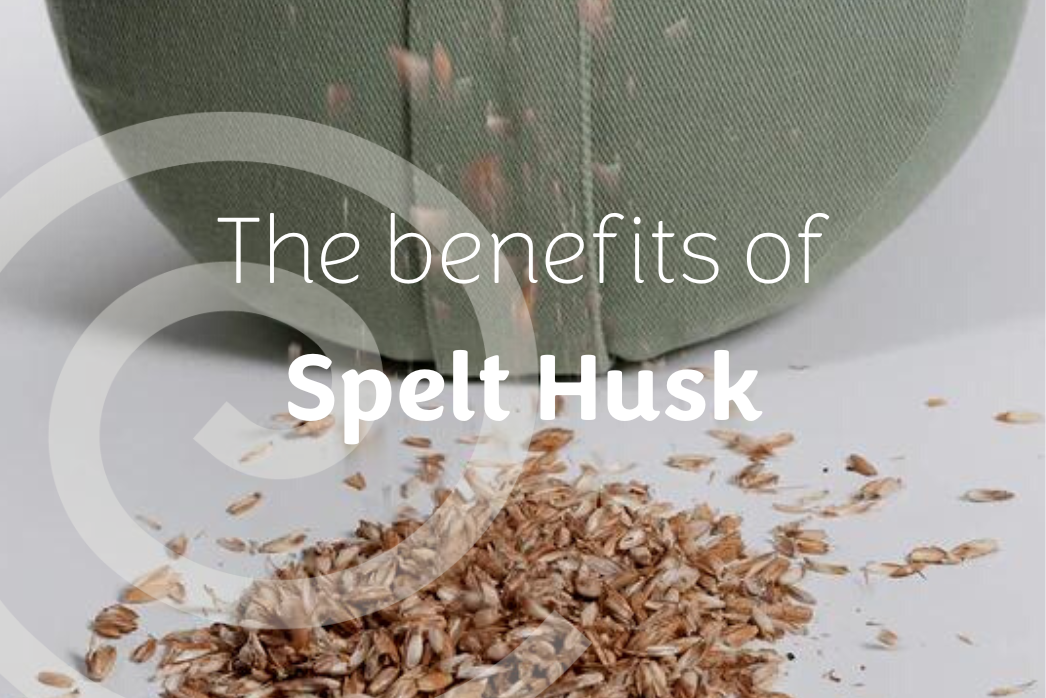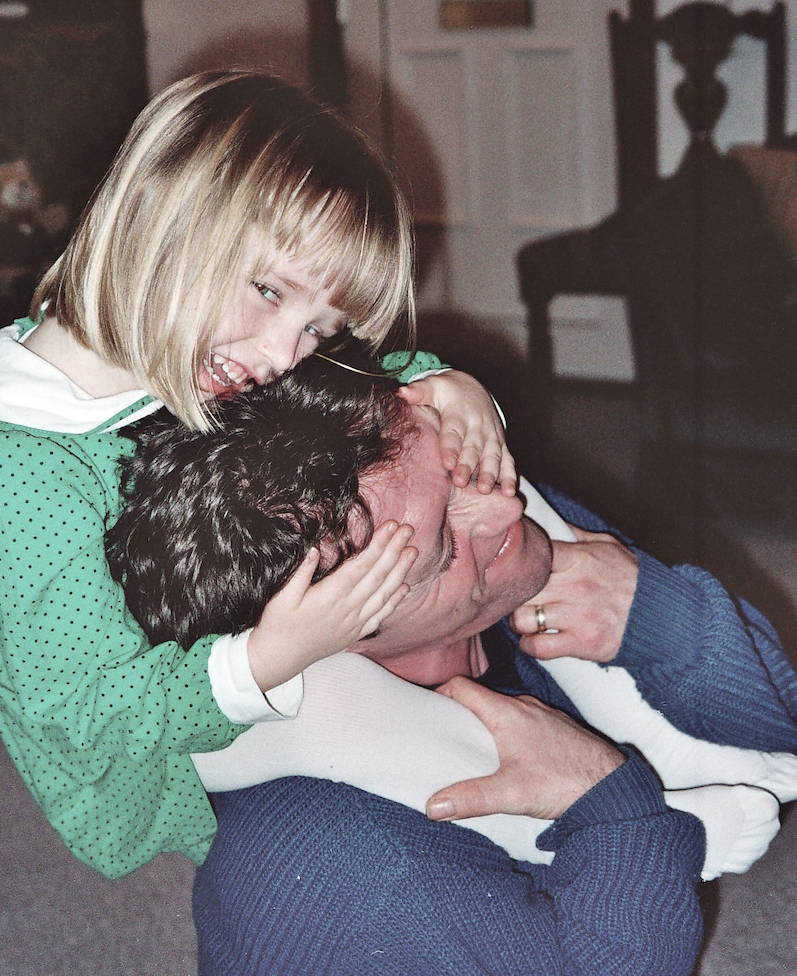The Yamas: A deeper look at brahmacharya

Our fourth sub-limb of the Yamas is brahmacharya (brah-muh-char-yuh). This has many different meanings including celibacy and restraint which makes it an unpopular or misunderstood Yama. However, this Yama is a beautiful way of exploring where we are putting energy - sexual or otherwise. In Sanskrit ‘Brahma’ means God / creative force / divine / *insert word(s) of your choice* whilst ‘charya’ means to follow. Since Brahma is within all of us, brahmacharya means utilising your prana (vital energy) for your highest good. It’s about using the right use of our energy. It asks us to look at how we direct our energy away from external desires and instead, towards finding peace and happiness within ourselves. It’s about preserving our energy and not wasting it on things that don't serve our purpose (at the thought, word or action level).
We all know that everything in our creation is made up of energy - modern science has proven this. So what about our own energy? After all, the seeds you water are ones that grow so which seeds are you watering? How do you expend your energy? Where is your prana being depleted? We live in a world that idealises being busy, a society that bases worthiness on productivity, a grind culture. We spend our energy on things that don't serve us - worrying, trying to be someone we are not to please others, obsessing over achieving that 'perfect' body and so on. Ours is a culture where rest is deemed radical. Taking care of ourselves is deemed a luxury. Listening to our bodies is a rarity. Being still is an uncomfortable idea. All of this can be detrimental to our physical and mental health. It makes for a great economy but not a great life.
With more and more of us recognising that we are often leaking energy and draining ourselves unnecessarily, a yoga practice can guide you to use your energy in the right way. During my asana classes I am constantly encouraging my students to notice how they feel at various points, to tune into what their body needs and move in a way that feels good, and to know that this will vary day to day as we are cyclical beings. We can take this practice off the mat and take time to check in and listen to our bodies at any given moment. Through a meditation practice we learn to be an observer of our thoughts rather than identifying with them. We learn that our thoughts are not facts and we can let them pass by like clouds in the sky. We learn that our minds love to wander and keep busy so we can give them something to focus on rather than ruminating on the past or worrying about the future. Once again, we can take this off the mat and catch ourselves when we are overthinking and become an observer of our mind as we let the thoughts go.
The pandemic has forced us to reflect and take stock of what matters. Relationships of all kinds have ended whilst others have flourished and that’s okay. We have had time to think about what we want and what we don’t want. We have a deeper understanding of our values and our boundaries. And now we can use these lessons and reflections to create a life that utilises and protects our energy. Let’s say no to a culture that rewards excessive energy expenditure and burnout. Let's spend our energy wisely and let go of what no longer serves us. Let’s spend more time with those who light us up and less with those who bring us down. Let's honour our boundaries and live a life that feels aligned with our values. Let's take care of ourselves and our energy.
Spend some time journaling around the following questions to think about your energy and how you can protect it.
Where is your energy directed?
How can you check in and listen to your body more?
How can you prioritise rest?
What or who lights you up? How can you add more of this into your life?
What or who brings you down? How can you distance yourself from this?
As always, if you have any questions, thoughts or reflections please do reach out - my DMs and emails are always open.
With love and gratitude,
Jyoti x
(pronounced Jyo-thee)










I loved this explanation for Brahmacharya. I run the Apanaveda School of Yoga and we often have deep discussions about the Yamas and this is a beautiful way to look at the fourth and sometimes difficult aspect!
Thank you 🙏
Leave a comment